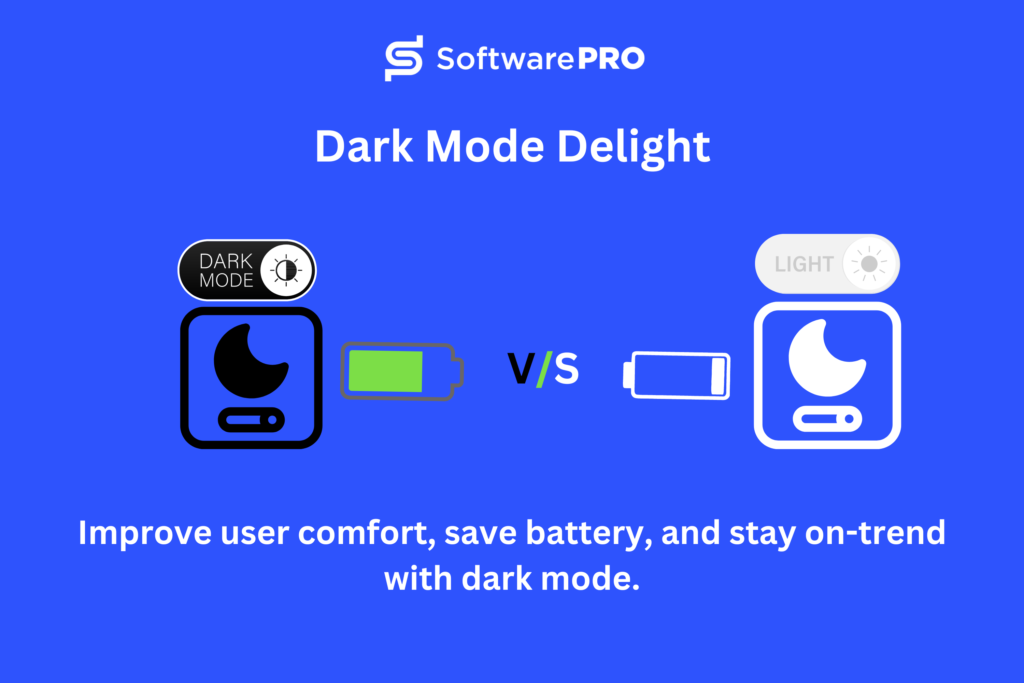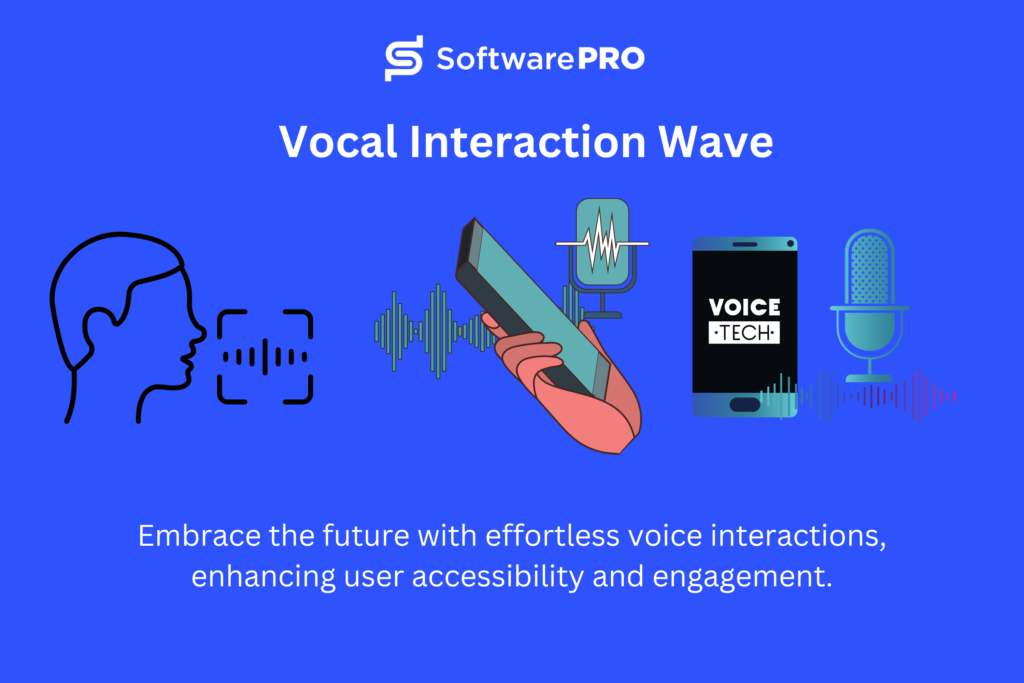With rapid technological evolution and evolving user needs, as we make our way into 2024, the world of UI design is experiencing a dramatic revolution in many respects. This blog article looks at the new developments in the UI and UX technology world that point us toward tomorrow. Whether through the rich worlds of Augmented Reality (AR) or Virtual Reality (VR) or through the more invisible yet still powerful Voice User Interface, we look at trends changing how people interact with technology.
These developments are more than fads. They signify a redefinition of what people seek from digital interactions; these desires include greater immersion, personalization, and accessibility.
Let us go forth on this mission of exploration to visit some exciting 2024 UI and UX trends.
What is UI or UX?
UX, or user experience, and UI, or user interface, are two crucial design and development components that make interaction with digital services seamless. First, let’s talk about UI; it is all about the interaction between users and systems. Next, we have- UX, which represents the user’s experience with the brand, services, and digital products. Having strong and interactive UI and UX designs increases your services’ visibility and credibility. It helps in lead accumulation and boosts organic traffic.
Top 6 UI & UX Trends in 2024
Augmented Reality (AR) and Virtual Reality (VR)
By 2024, UI/UX design will evolve significantly because of Augmented Reality or AR and Virtual Reality or VR. These technologies reshape UI/UX design by integrating digital aspects into our real world (AR) and creating entirely digital worlds (VR).
AR and VR have practical applications across various fields. AR assists surgeons with 3D imagery in healthcare for safer, more accurate surgeries. In retail, AR enhances shopping by allowing virtual try-ons. VR is helpful in mental health for treating phobias and PTSD, offering controlled environments for therapy. VR provides risk-free practice for professional training for complex tasks like flying or emergency response. AR and VR are leading UI/UX design towards more interactive and user-centered digital experiences.
Dark Mode

Dark Mode is popular not just as a UI or UX trend but because it’s easier on the eyes. It has a sleek, modern look and benefits those who use screens in low light or for long periods. It reduces glare and is helpful for people sensitive to bright screens.
Dark Mode also saves battery life, especially on devices with OLED or AMOLED screens, as black pixels use less power. Many big tech companies like Android and iOS have added Dark Mode to their systems, and many app developers are doing the same. By 2024, Dark Mode is expected to become more advanced. It might automatically change based on the time of day or user preferences, making apps and websites more personalized.
AI Integration
Artificial Intelligence (AI) in UI/UX design helps create personalized user experiences. AI analyzes user behavior to improve and customize their experience. For instance, streaming services like Netflix use AI to suggest movies and shows based on your surfing history.
AI also makes digital products more user-friendly for everyone. It supports features like predictive text and voice-to-text. It helps people with disabilities by adapting interfaces to their needs. AI in UI/UX design makes technology more inclusive and responsive to all users.
3D Design and Minimalism

Combining 3D Design with Minimalism in UI/UX means using detailed 3D graphics while keeping the overall design simple. 3D elements make interfaces look more realistic and engaging. At the same time, a minimalist approach ensures the design isn’t cluttered. This combination is great for product displays or educational sites, where 3D models are clear and not too distracting.
The minimalism aspect follows the ‘less is more’ idea, which involves removing extra parts and focusing on key elements. It makes interfaces look better and more functional. It also helps users focus better, improving their experience with the product or website.
Responsive UI
Responsive UI design makes websites and apps work well on devices like phones, tablets, or computers. It ensures that the layout, images, and text adjust to different screen sizes. For example, on a desktop, a website might show content in multiple columns. It stacks the content in one column on a phone for easier reading.
This design is important because people often switch between devices. Responsive UI design makes this switch smooth which creates a seamless experience across all devices.
Voice User Interface

Voice user interfaces (VUIs) are becoming a common trend in the UI and UX domain. They are used in smart homes, phones, and other areas. VUIs make using technology easier and are getting better at understanding different languages and accents.
VUIs can now understand natural language better, making them more reliable. More people are using voice assistants, and this trend is growing. VUIs are also helpful for people with disabilities, making technology more accessible. Businesses are starting to use voice commands to help customers find things online. So, VUIs are becoming important in digital strategies.
The UI and UX trends of 2024 are moving towards more immersive, personalized, and accessible digital experiences. These trends go beyond just looks. They focus on creating user-friendly interfaces. These interfaces are inclusive and aim to fulfill the needs of users worldwide. As we move forward, technology is evolving fast. Designers, developers, and businesses must keep up with these trends to develop top-notch and efficient web services.
 Exciting news! Get 15% off on SEO Services
Exciting news! Get 15% off on SEO Services